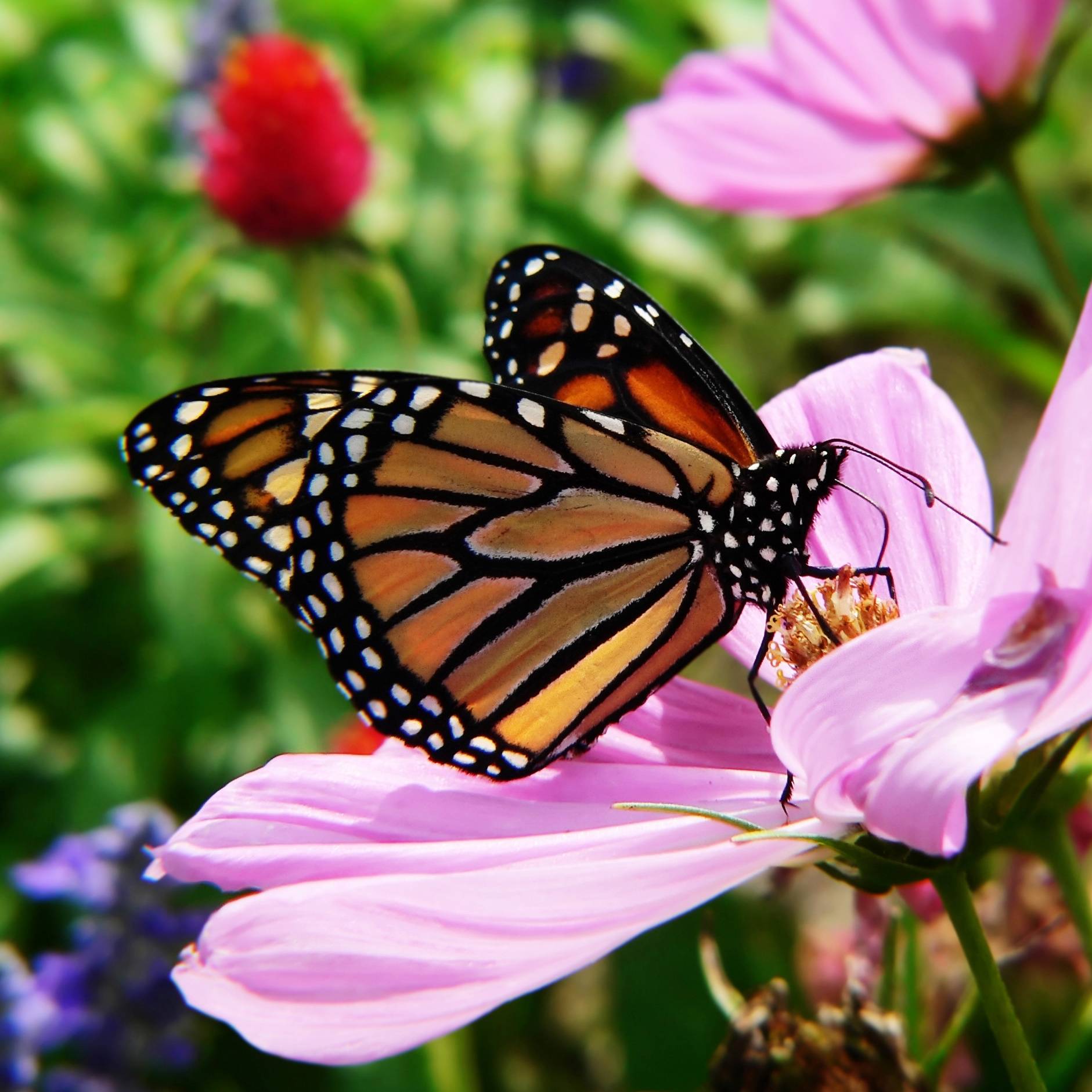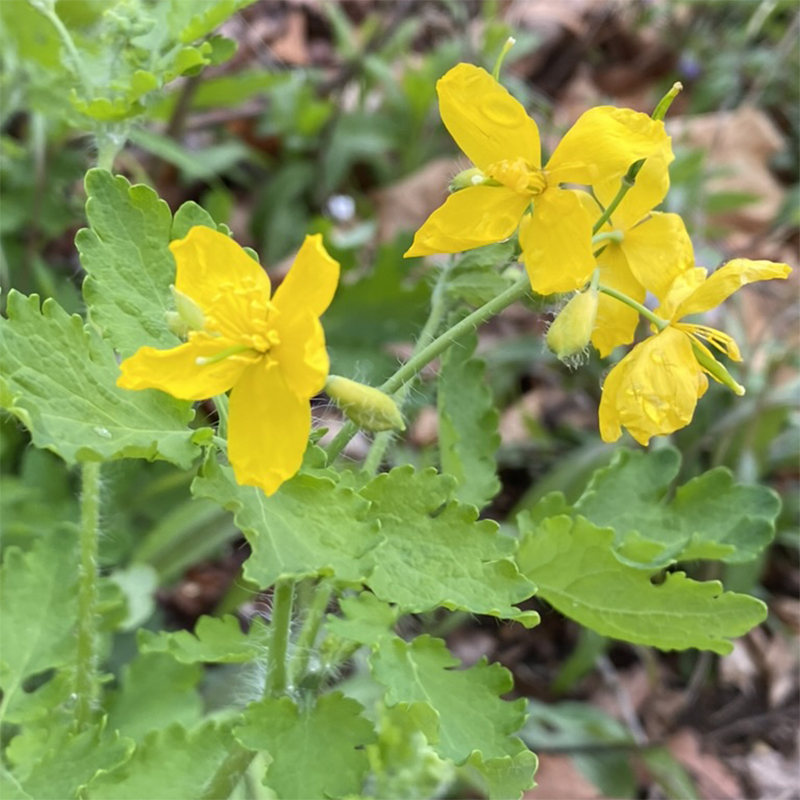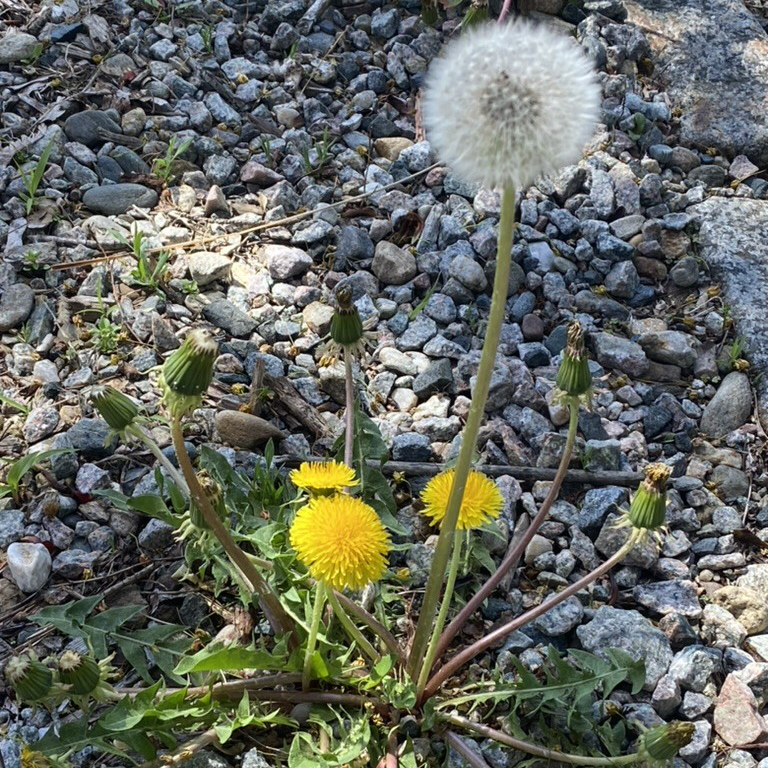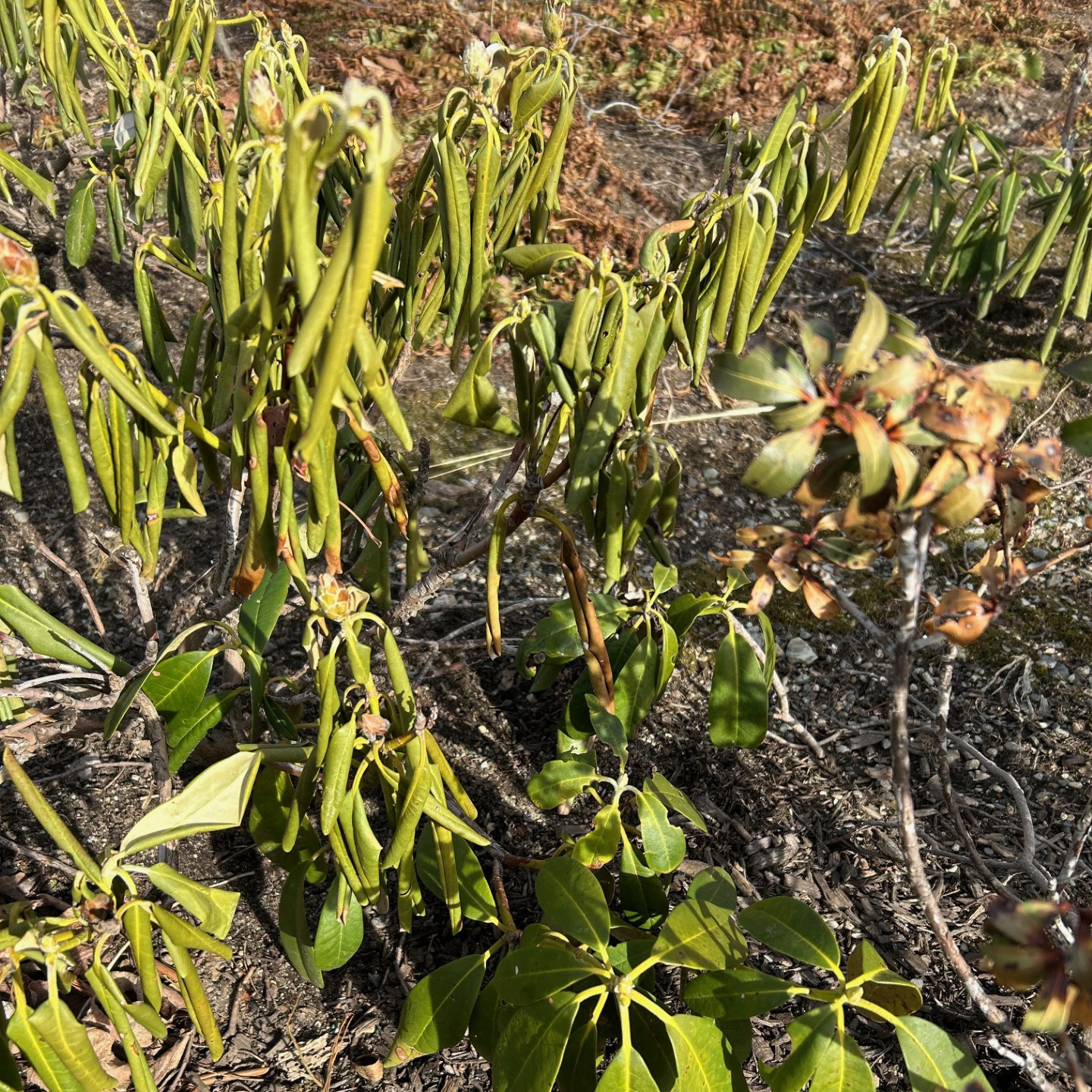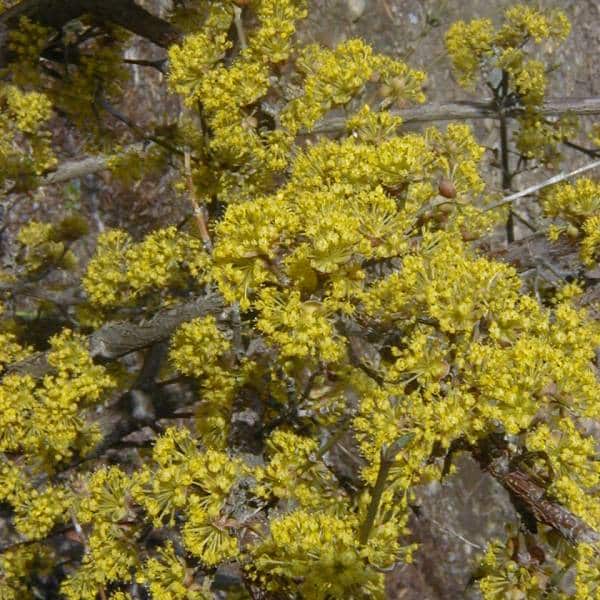
It was those two days last week, when most of our snow-cover virtually vanished, that suddenly opened up all of spring’s colorful possibilities! Snowdrops lustily emerge as the sun warms the ground, soon to be followed by winter aconite, both randomly naturalized around our yard over the years. Now the early-spring-flowering witch-hazels (Hamamelis hybrids) are exploding with their full glory outside our window, following weeks of bantering whenever temperatures chanced to briefly warm above freezing–over the years we’ve assembled a sizable collection of witch-hazel cultivars with flowers in astonishing shades of orange, yellow and red.
Pussy willows are treating us to their fuzzy catkins along each branch in tones of silver, pink and black. And the pea-size, yellow-fringed buds of cornelian cherry (Cornus mas) are poised, preparing to open to their cloud-like display of golden bloom along every branch.
At ground level the unique cushions of Adonis are reveling in the sun; seemingly-delicate stalks of inch-wide, anemone-like bright yellow blooms birthing out from the bare soil: our family’s true herald of spring for four generations.
All these early-flowering plants are remarkable for their ability to bloom successfully despite repeated, frequent temperature fluctuations to freezing and below. Their resiliency enables them to extend their floral appeal for days, even weeks, only fading when consistently-above-freezing temperatures ensue.
This week the leaves of the earliest daffodil, crocus and tulip are just starting to poke through the soil. Other early-flowering woody plants like forsythia, swamp maple, spicebush and magnolia are still a few weeks away from revealing their colors.
Yes, we certainly expect setbacks as winter gradually releases its grip. But we anticipate these upcoming weeks with exhilarating eagerness, as we again witness nature’s annual systematic flowering-march into another year’s oh-so-welcome springtime!
By R. Wayne Mezitt – waynem@westonnurseries.com
1. Amur pheasant’s eye (Adonis amurensis) is only rarely available on the market. My grandparents introduced a clump to their garden in the 1950’s; when they passed and we moved into their home, we’ve faithfully divided that original colony year after year, planting its progeny in special spots around our yard.


